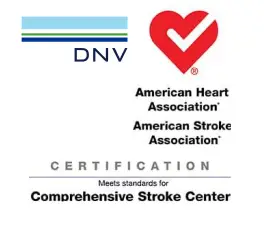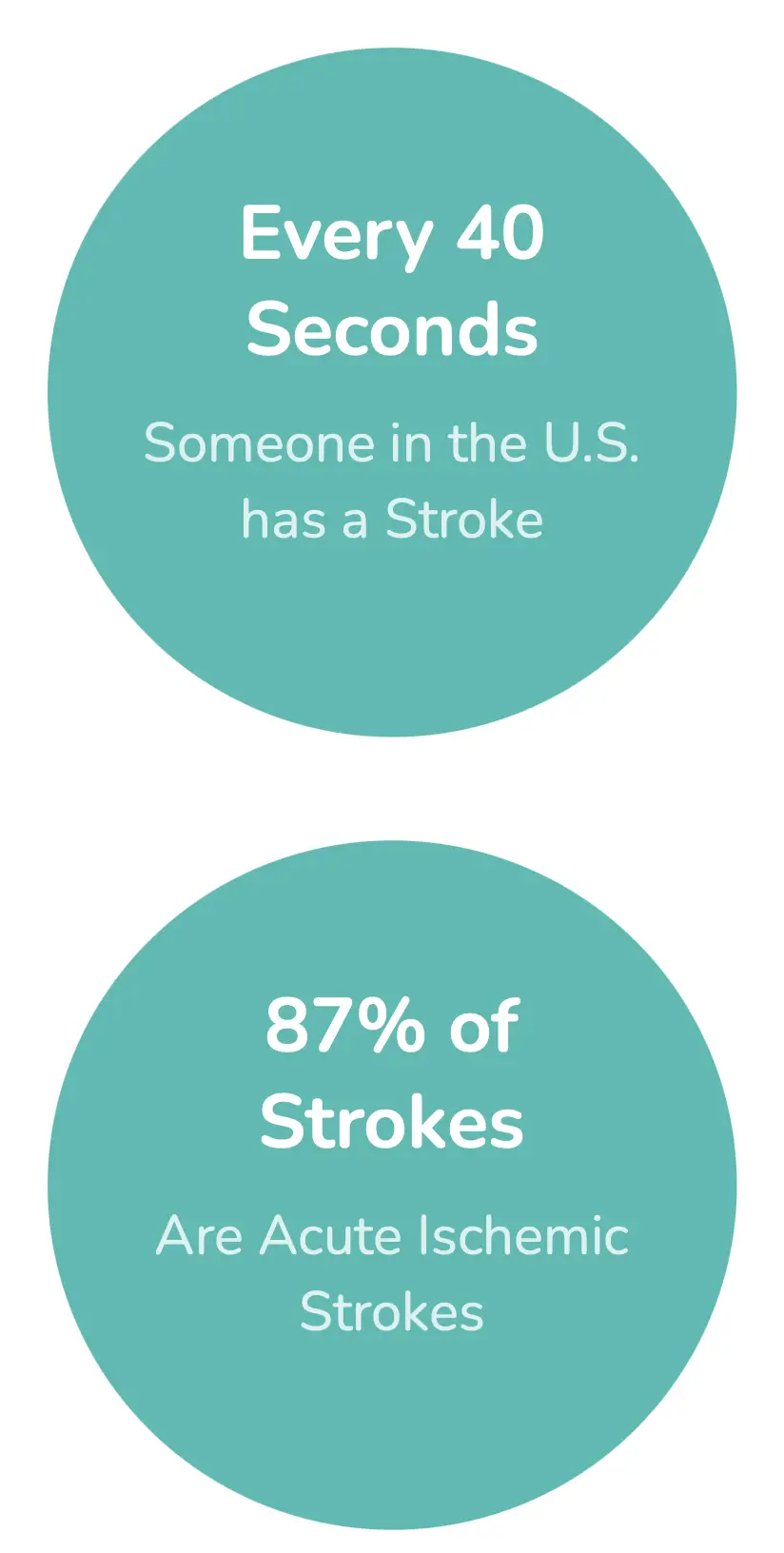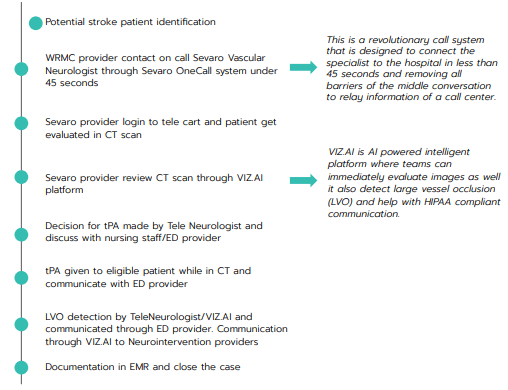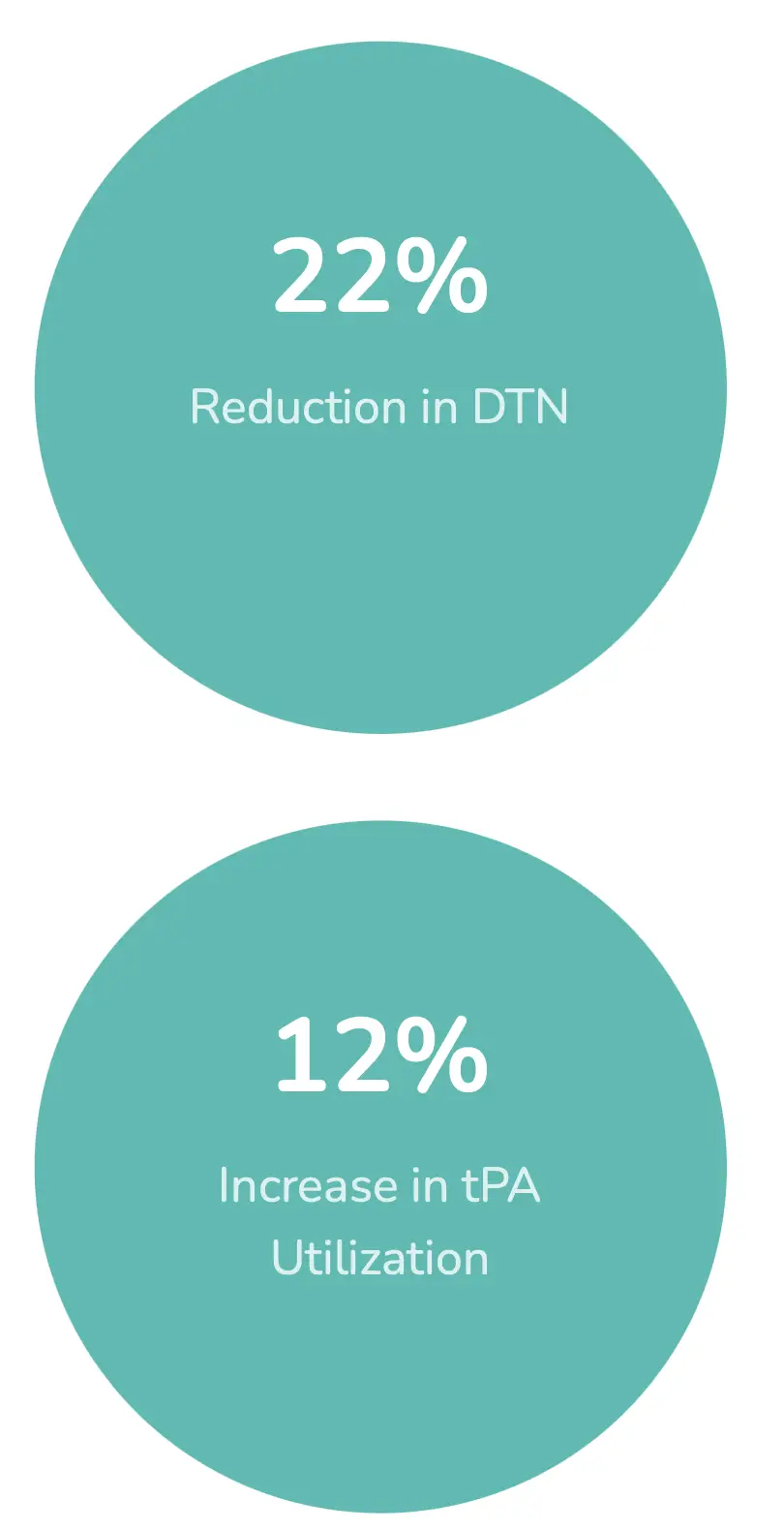A Regional Medical Center with a 235-bed acute care hospital that prides its organization on the “Tradition of Quality.” Accredited by the Joint Commission, they have provided services to their region of Florida since 1986. In 2019, the hospital served approximately 51,000 patients.
The hospital has utilized Sevaro as their preferred telestroke provider since January 2020. The partnership began in collaboration to help care for their acute neurological patients.
In 2021, the hospital received the DNV Comprehensive Stroke Center Certification, the highest level of achievement for stroke certifications. This accreditation confirms that the hospital provides the highest quality care from clinical guidelines established through evidence-based research and practice.





